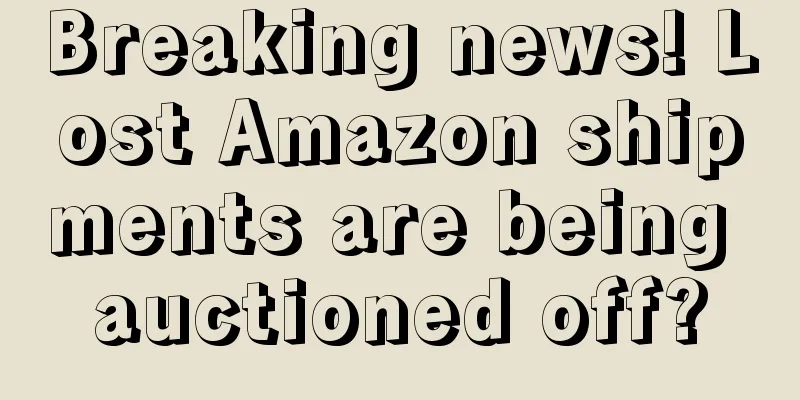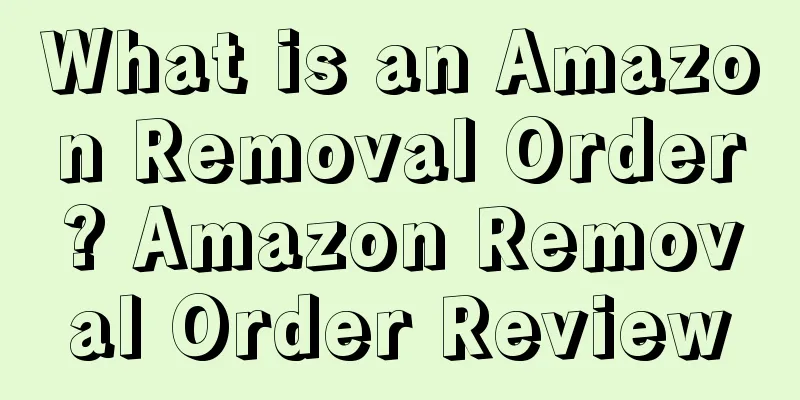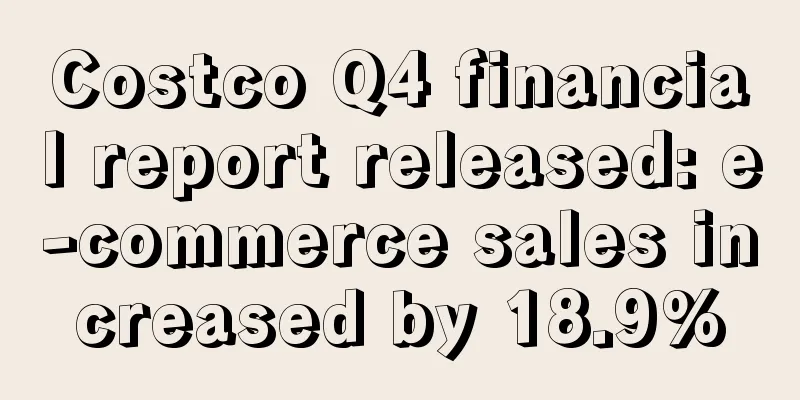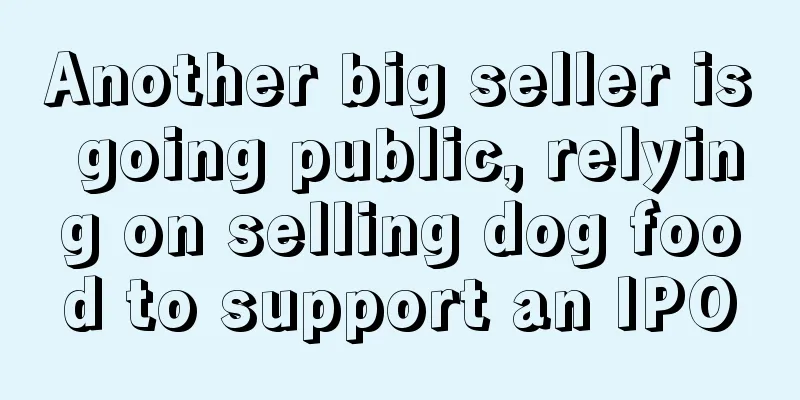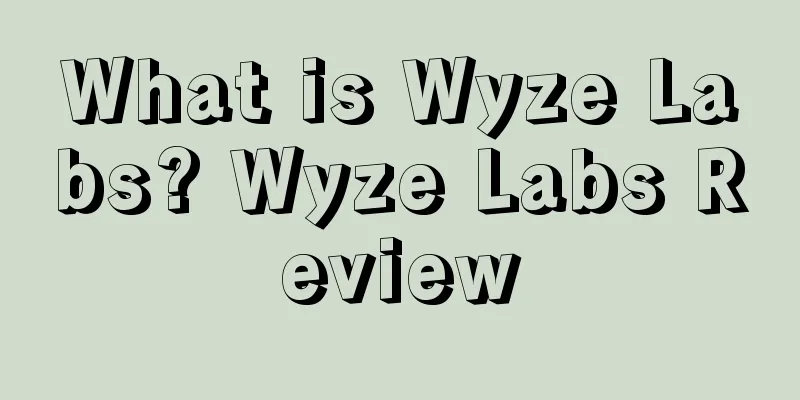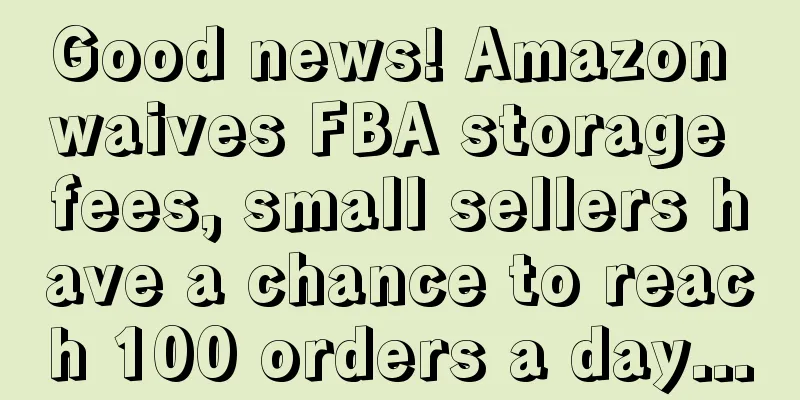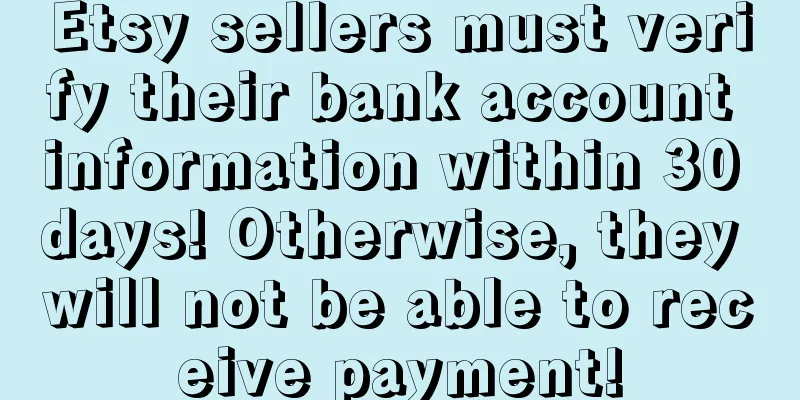What is UL certification? UL certification evaluation

UL is the abbreviation of Underwriter Laboratories Inc., a global safety consulting and certification company. It is the largest private organization in the world engaged in safety testing and certification. It is an independent, profit-making, professional organization that conducts tests for public safety. Founded in 1894 Website www.ul.com Founder William Henry Merrill English Underwriter Laboratories Inc. Legal status Non-mandatory Service area 104 countries Chinese UL certificationOverview UL is mainly engaged in product safety performance testing and certification, and its certification scope does not include the EMC (electromagnetic compatibility) characteristics of products. If consumers purchase products with the UL mark and encounter adverse consequences due to product quality problems, consumers can complain to the seller, and the seller can easily get compensation from the insurance company. The certification cycle usually takes about 2 months. HistoryIn the 1890s, a series of serious fires occurred in many cities in the United States, which were blamed on electrical equipment and electrical wires catching fire. In order to prevent the tragedy from happening again, Mr. Williams Merrill founded the "Underwriting Electrical Engineering Bureau", the predecessor of the "National Fire Insurance Department Electrical Engineering Bureau" in 1894. UL had only two employees and testing equipment worth $350, and it wholesaled the first test report on March 24 of the same year. In 1901, the engineering bureau founded by Mr. Merrill was reorganized into Underwriters Laboratories Inc., and the testing field was expanded beyond electronics and motors. Development HistoryIn 1894, Williams Merrill founded the Underwriters' Electrical Engineering Bureau, the predecessor of UL. In March 1894, the Underwriters Electrical Engineering Bureau conducted its first test on a report on non-flammable insulation by "Mr. Shields". In 1903, UL published the safety standard for "tin-plated fire doors", which was also the first standard in the history of UL. In 1908, UL engineers tested the ignition point and safety of matches. This may be the earliest and most authoritative match safety standard. In 1919, UL published a report on the effects of fire on building supports. The report was supported by the National Fire Insurance Department's Bureau of Electrical and Mechanical Engineering, the American Bureau of Standards, and Factory Mutual Insurance. From the 1920s to the 1940s, UL successively got involved in various aspects of safety certification. In 1960, UL published the first set of smoke alarm safety standards. In 1965, UL first certified fire safety devices. In 1966, UL published the approved original index. In 1985, UL released the first 500 standards: UL1459. More than 2.5 billion products manufactured by more than 4,000 factories around the world carry the UL mark. After the 1990s, UL Camera began to develop cooperative relationships with various countries and companies around the world, and UL's globalization speed accelerated. UL certification classificationLISTEDGenerally speaking, the listing is only applicable to complete products and various devices and equipment that can be replaced or installed on site by qualified personnel. Products that fall under UL's listing service include household appliances, medical equipment, computers, commercial equipment, and various electrical products that function in buildings, such as power distribution systems, fuses, wires, switches, and other electrical components. Products listed by UL can usually be marked with the UL listing mark and the usage of the listing mark. RecognizedRecognition service is a project in UL service. The products identified by it can only be used as components and raw materials in UL listed, graded or other recognized products. The recognized products are not complete in structure, or have certain restrictions on use to ensure the expected safety performance. In most cases, the tracking service of recognized products belongs to R category. The recognized products belonging to L category include electronic wire (AVLV2), processed wire (ZKLU2), wire harness (ZPFW2), aluminum wire (DVVR2), and metal flexible tube (DXUZ2). Recognized products are required to carry the recognition mark. ClassificationThe classification service only evaluates the specific hazards of the product, or evaluates the products that implement other standards other than UL standards (including internationally recognized standards, such as IEC and ISO standards, etc.). Generally speaking, most classified products are not products used by consumers, but products used in industry or commerce. The classification mark in the UL mark indicates that the product has certain restrictions and specified ranges when it is certified by UL. For example, for chemicals such as solvents used in industry, only the range of fire that may occur when it reaches the ignition temperature is evaluated. The classification service and listing service of some products are the same, but generally only one or several aspects of the product are evaluated. For example, in the United States, medical X-ray diagnostic equipment such as medical X-ray diagnostic equipment must comply with US laws and regulations on radiation emission and beam accuracy nationwide, but because UL only regards X-rays as classified products, it only evaluates its mechanical properties, electrical properties and other non-radiation properties. Multiple Listing, Multiple Recognition or Multiple Classification ServicesWhen a UL applicant obtains the above-mentioned listing, approval or classification services, if its products are to be produced under the name of another company to meet sales needs, it can apply for multiple listings, multiple approvals or multiple classification services. In this case, the manufacturer that has obtained listing, approval or classification is allowed to use the name of another company in the product catalog, but the product must be consistent with the original listed, approved or classified product except for the company code, product code or other features that UL considers acceptable. "AL" Listing, Approval or Classification ServicesIf the UL applicant does not want to obtain the listing, approval or classification service in the name of his own company, he can apply for the listing, approval or classification in the name of another trade name (usually a retailer or wholesaler), that is, "AL" listing, approval or classification service. The difference between it and multiple listing, multiple approval or multiple classification service is that its applicant is not the listee. System certification servicesAs a member of the International Accreditation Council, UL is widely involved in ISO9000 quality system certification, ISO14000 environmental protection certification, QS9000 automotive industry quality system certification and AS9000 aircraft industry quality system certification services. A total of 116 factories in China have obtained UL's system certification, including 21 ISO9001 certification, 85 ISO9002 certification, 1 ISO14001 certification, and 9 QS9000 certification. Other UL ServicesSuch as certification services, inspection services, fact determination services, research services, etc. The information required for UL certification includes:1. Company name and address 2. Instructions for use, including product description, detailed usage, electrical ratings, etc. 3. List of components and materials of the product, as well as the UL certification number (UL File No.) Diagram that can illustrate the electrical or electronic circuit 4. Materials or parts that may be replaced in the future Certification significanceThe significance of UL certification mark to enterprises:1. The entire US market attaches great importance to product safety; when consumers and purchasing units purchase products, they will choose products with the UL certification mark. 2. UL has a history of more than 100 years, and its image of safety is deeply rooted in consumers and the government. If you do not sell products directly to consumers, middlemen will also require products to have UL certification marks to make the products sell well. 3. American consumers and purchasing entities have greater confidence in the company's products. 4. The UL certification mark is recognized by more than 40,000 federal, state, county, and city governments across the United States. AmazonIn 2018, a large number of sellers’ products were removed from the shelves and they were required to provide UL certification. References
|
<<: What is Unfulfillable Inventory? Unfulfillable Inventory Review
>>: What is TinyPic? TinyPic Review
Recommend
Amazon cuts warehouse capacity in half! Will sellers bear nearly $100,000 in overage fees?
As Black Friday and Cyber Monday approach, cross...
Six tips to help you create beautiful Amazon product videos!
Product videos are a key part of e-commerce sales...
US beauty market sales grew 7% in 2017, with perfume and lip care leading the way
It is learned that according to foreign media repo...
What is aidami? aidami review
Aidami is a cross-border e-commerce knowledge ques...
Billion-level players in the U.S. home furnishing e-commerce industry! In addition to Amazon, there are also these
It is learned that according to foreign media repo...
Amazon listing conversion rate optimization series tutorial 1: How to optimize listing images?
How to optimize listing images? It can be frustrat...
Walmart will once again take the top spot in the U.S. online grocery market in 2021, followed closely by Home Depot!
It is learned that according to data from Insider ...
What is a Shopee order? Shopee Order Review
Introduction to the status of Shopee orders and th...
What is HKTVmall? HKTVmall Review
HKTVmall is a daily life shopping platform that br...
Walmart launches conversational shopping "Text to Shop"! Challenge Amazon Alexa!
Walmart recently launched a new service called &qu...
Amazon has opened another physical store. Will this have an impact on the sellers on the platform?
It is learned that according to foreign media repo...
What is Zalora? Zalora Review
ZALORA is a fashion and beauty e-commerce platform...
Major changes to the Federal Reserve! What will happen to the US dollar next?
Yesterday, the Federal Reserve announced its lates...
The most stringent audit in history broke out, and many sellers were swept away!
Amazon sellers have barely had time to breathe a s...
Bed Bath & Beyond launches Squared Away private label series!
<span data-shimo-docs="[[20,"获悉,BBB(Bed Ba...
